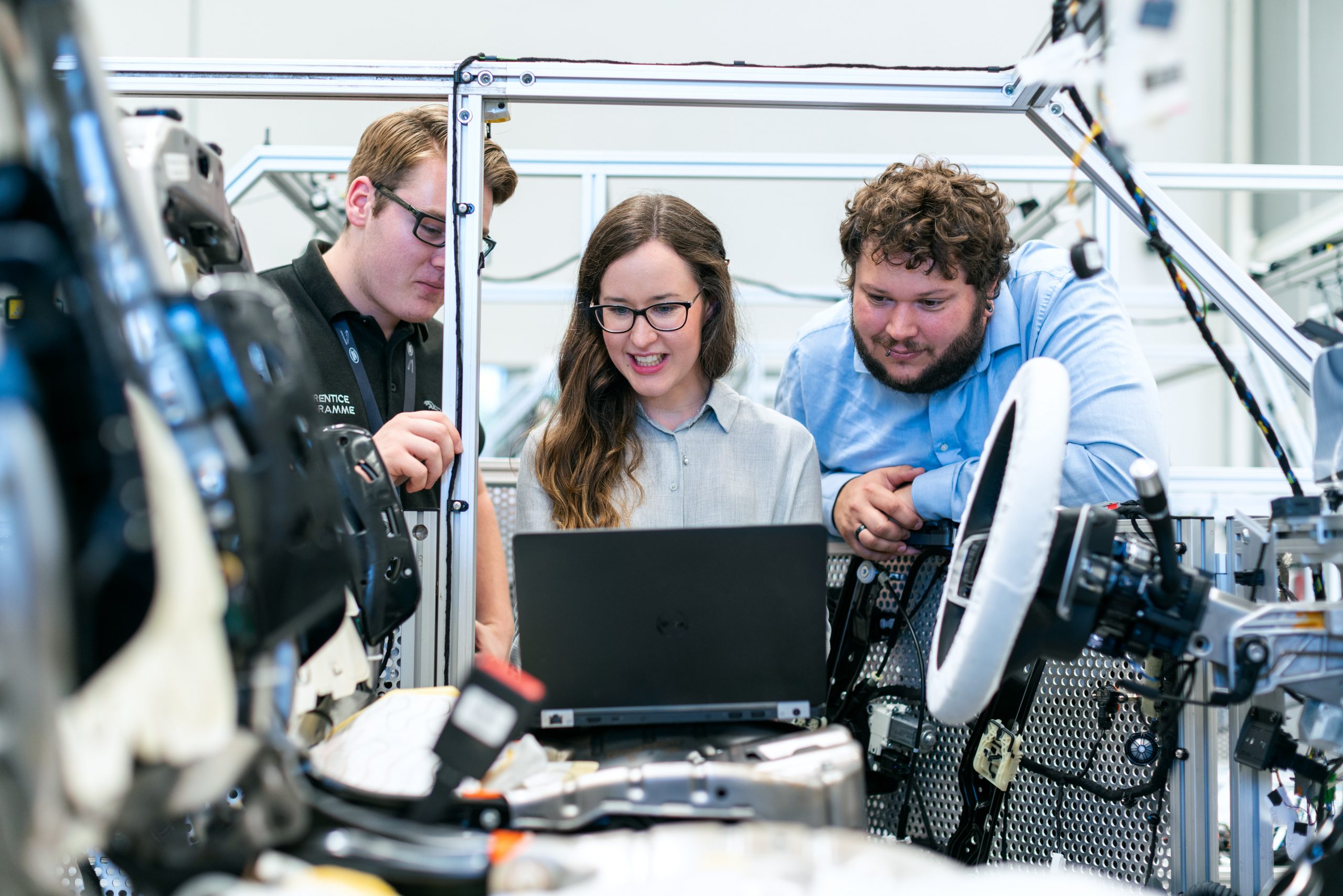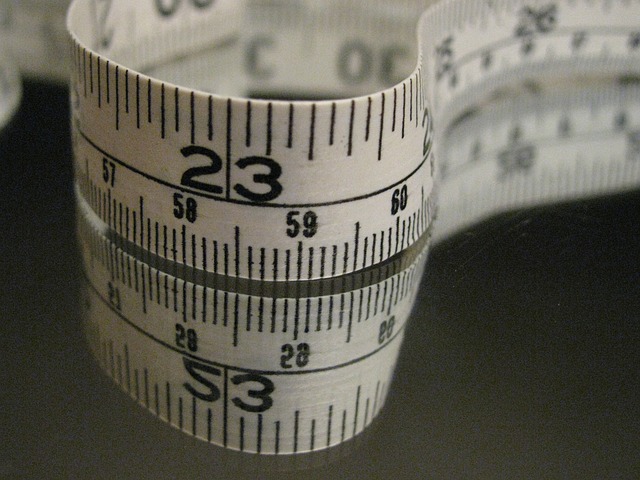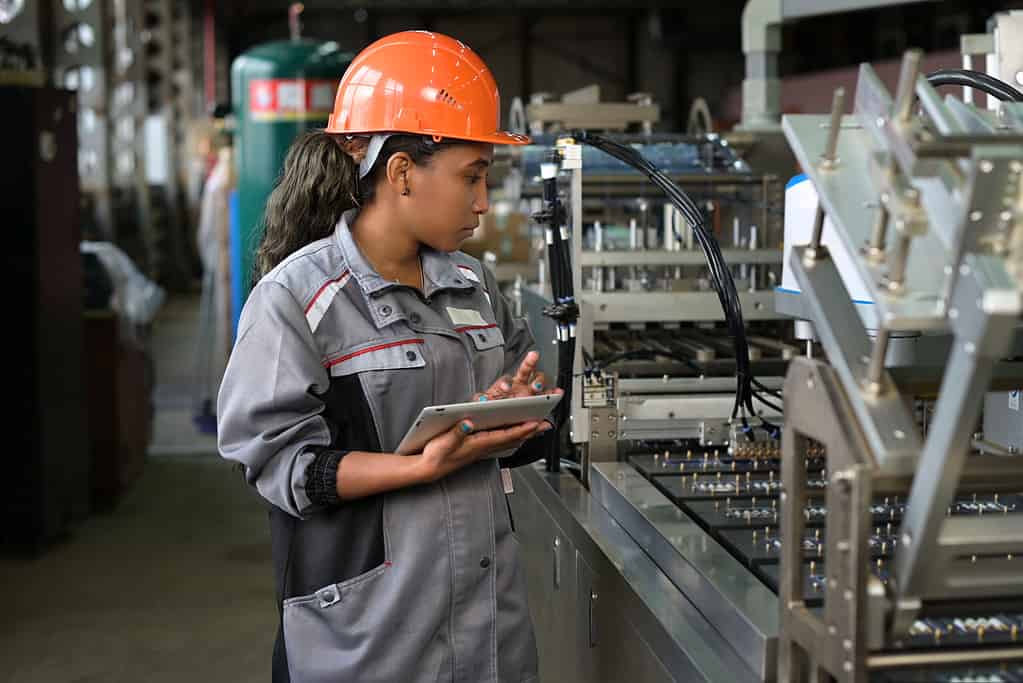
Key Points
- Repeatability is the measurement of variation when a process is done multiple times.
- Precision is the means of reducing variation in a process, so the results have less variation as a whole.
- Repeatability sets a hard limit for precision.
Repeatability vs. precision, how do they apply to your workflow? Six Sigma is filled with different tools, terms, and methodologies applied across the production line. Today, we’re looking at two core concepts that deal with the accuracy of your processes.
What Is Repeatability?

Repeatability is the typical variation that occurs when a person measures a part with the same tool (or gauge) multiple times. This concept relates to the accuracy of any measurement. A measurement is only as accurate as the typical variation that occurs when that item is measured.
When conducting a repeatability test, it’s a good idea for a tester to observe the process. Sometimes the tester can see an operator do something that isn’t part of the proper procedure and is likely to cause error. Further, if the gauge is a human inspector making a judgment, try to create criteria as objectively as possible. Purely subjective standards are prone to wild and unpredictable variation.
The Benefits of Repeatability
Products with low variance are typically usable and will perform their intended function.
Repeatability is easy to determine in most cases. All you need to do is have the same person measure the same part with the same tool and record the results.
Tracking repeatability can reveal important information about the product. For example, if you’re measuring the electrical output of an electronic device, it will degrade over time. Repeatability measurements can help determine the “shelf-life” of a part.
Recording the repeatability of a part can identify problems in a process. If the variation is large, there is most likely an issue with the operator, gauge, or equipment. While lack of repeatability indicates a problem, it doesn’t often identify the cause of the variation.
How to Calculate Repeatability
The same operator must measure the same part with the same tool or gauge multiple times and record the results. Repeatability is similar to standard deviation, and some statisticians consider them the same. However, you can equate repeatability to the standard deviation of the mean, which you obtain by dividing the standard deviation by the square root of the number of samples in a sample set.
What is Precision?
In Lean Six Sigma management, precision results from processes created to reduce variation. Determining precision involves different individuals measuring the product using various tools and comparing the results.
Many people use accuracy and precision as synonyms in everyday usage. However, these two concepts are very different within Lean Six Sigma management. Accuracy means the difference between an observed outcome from a standard. For example, you could compare how far an arrow is from the center of a target. However, a precision study compares different observed outcomes. In the above arrow example, you could compare the space between arrows shot at a hay bale, but there would be no center target.
The Benefits of Precision
Achieving high levels of precision brings many benefits, which include:
It eliminates waste – Improving precision reduces the number of defective products and lowers production costs. The manufacturing process also becomes faster and more efficient.
Better precision improves the quality of products – Precision leads to safer and more durable products, which will last longer. Other consequences include fewer recalled products and increased customer satisfaction.
Improved precision increases worker productivity – Fewer defective products mean workers won’t need to halt the production line often. Delays caused by replacing a bad part can be extremely time-consuming and wreck productivity.
How to Calculate Precision
You can calculate precision by first determining the average value of a particular measure. Next, calculate how much each measurement deviates from the mean and add these values. This sum is called the absolute deviation. Finally, you divide the absolute deviation by the number of items to find precision.
Repeatability vs. Precision: How Do They Differ?

The key difference between repeatability and precision is repeatability is focused on finding out how much you can trust measurement, and precision attempts to determine how much products differ from one another. To find repeatability, you measure one product multiple times with the same tool. With precision, you measure multiple parts with different testers and tools.
Repeatability sets the limit for the level of precision. You cannot have more precision than the variation in the measurement process.
Repeatability and precision both attempt to limit the variation in products and, consequently, improve quality while reducing waste.
Why Does It Matter?
Think about your deliverables for a moment. Do you think your customers would be satisfied with a product that is wildly out of spec between individual units? Most customers would balk at this, and you should too. Heeding both of these measurements will deliver more accurate and reliable products as a whole.
Repeatability vs. Precision: Who Would Use Each Process?
Both repeatability and precision are part of quality control. However, each process is focused on identifying different problems. Repeatability aims to determine the variation expected by using a particular measurement process.
How much will measurements vary even when performed by the same person using the same equipment? Conversely, precision tries to discover the variation between different parts produced by the same process. How much does each widget vary from one another?
Repeatability and precision are complementary concepts that often apply to the same process. Most quality control teams will want to determine both the repeatability of their measurements and the precision with which they manufacture different parts. Management teams want to minimize variation with both concepts and implement them to reduce waste.
Repeatability is a primary concern for the employees taking measurements and their managers. Conversely, a precision study is important to production managers and the engineers designing the product.
Choosing Between Repeatability and Precision: Real World Scenarios

Suppose an engineer wishes to verify if the measurements taken by a particular scale are repeatable. A tester might then weigh five different bolts multiple times and study the difference between measurements of the same bolt.
If the difference between measurements of the same bolt is consistently low, then the process is repeatable.
The targets of a repeatability study are typically the equipment and the operator. Is the equipment providing consistent measures? Is the operator using the equipment properly, or are they having difficulty reading the gauge?
However, if an engineer wishes to discover the precision of an airplane bolt manufacturing process, they will compare variations between different bolts.
Here the aim is to find out if each bolt produced by a process is similar enough to build the product they wish to manufacture reliably. Parts that differ too much from specifications may not fit with other components of the final product.
Notice that a precision study focuses on the end product and not the operators or tools used to measure the goods.
Other Useful Tools and Concepts
These aren’t the only things to pay attention to when working on a new project. As such, you might want to look into the differences between tangible and intangible benefits. These concepts are vitally important, especially when going through any sort of project.
Further, having a backup plan never hurts. The Out of Control Action Plan, or OCAP, is a great way to make sure you’ve got a safety net in the event of things going wrong.
Summary of Repeatability vs. Precision
Both repeatability and precision attempt to determine the amount of variation in parts. Repeatability looks at variation caused by the operators and tools used to make a measurement. On the other hand, precision examines the differences between parts. While both concepts are part of the quest to reduce defective products and waste, the target of each study is different.